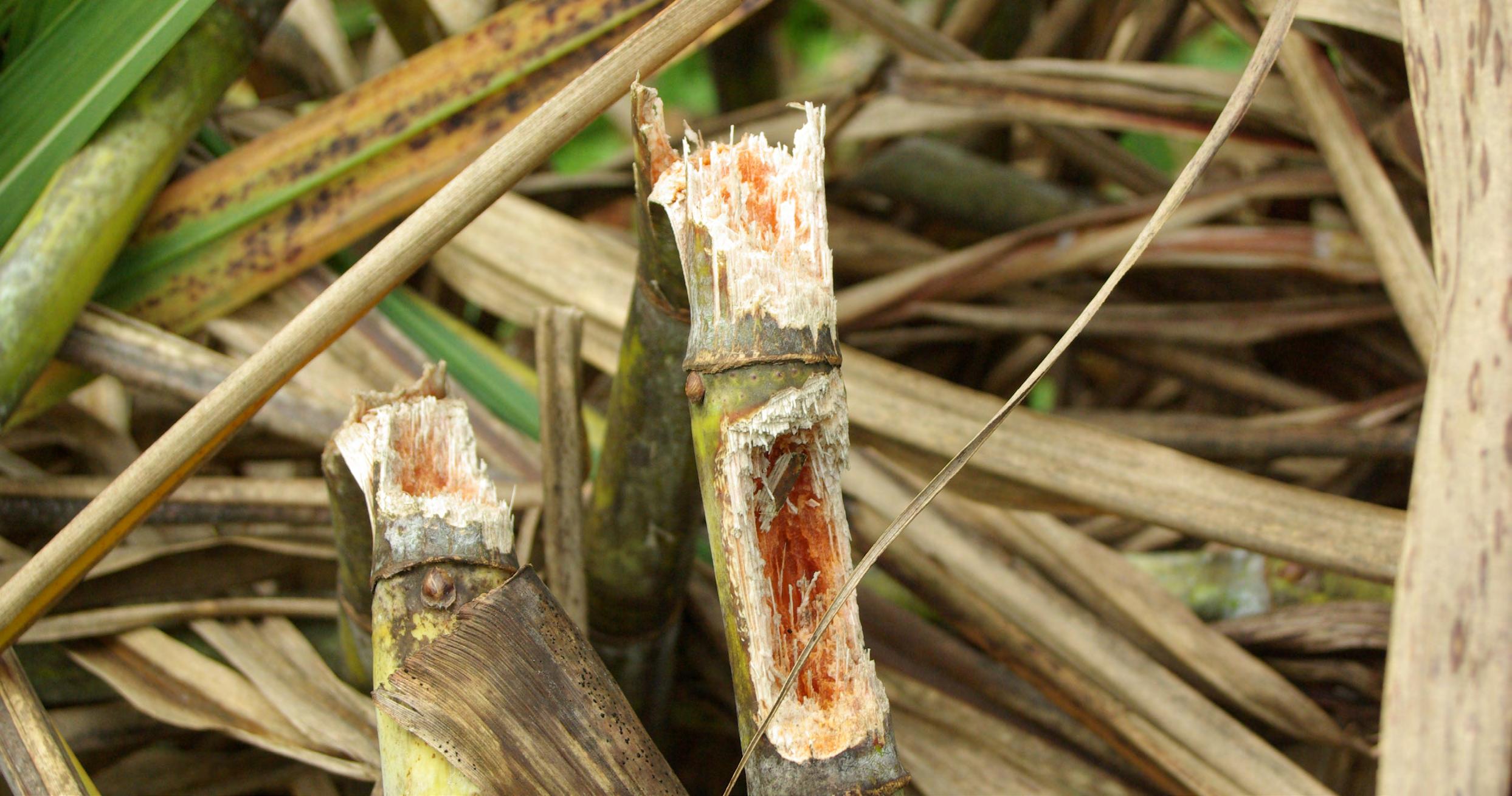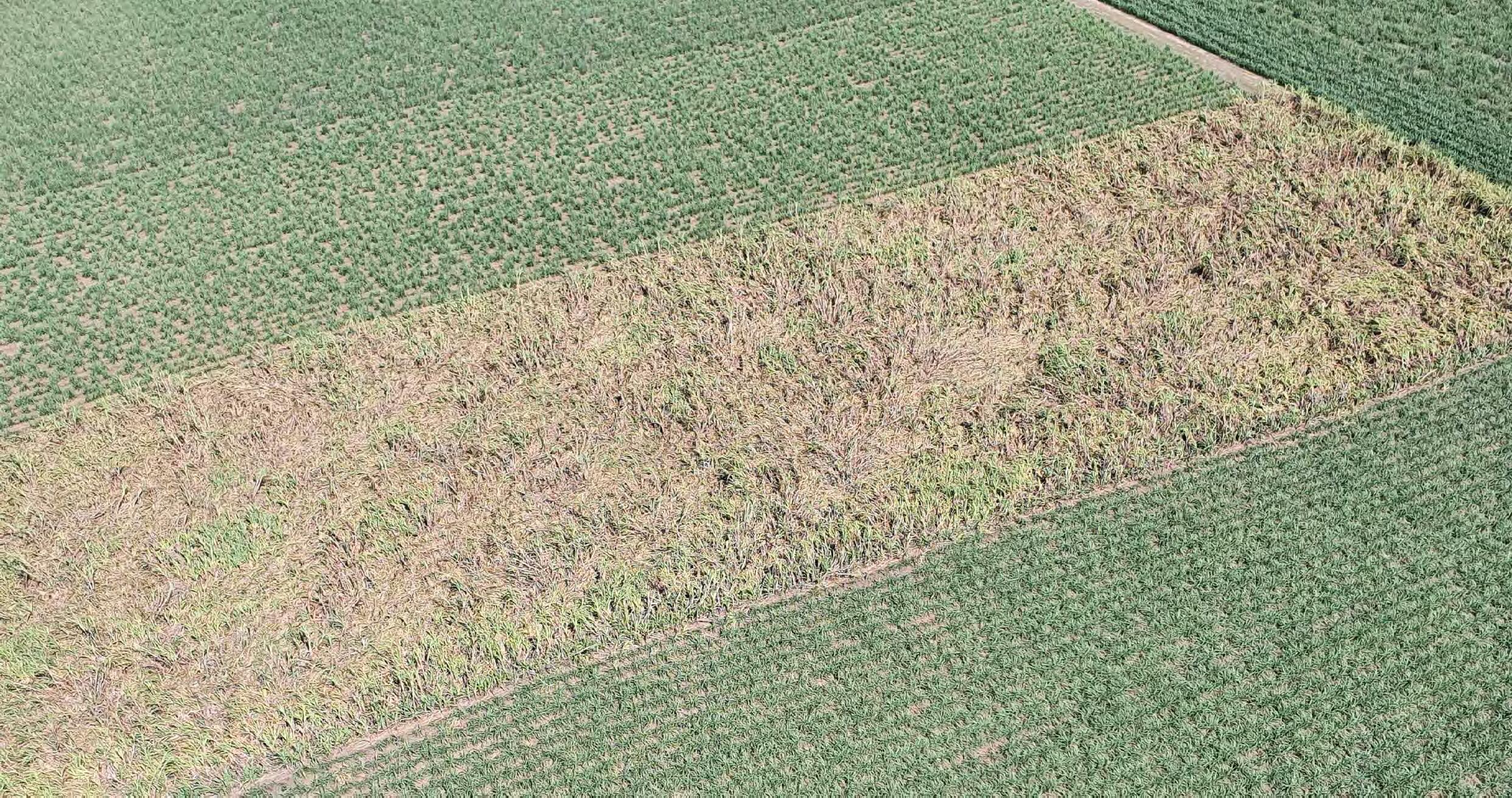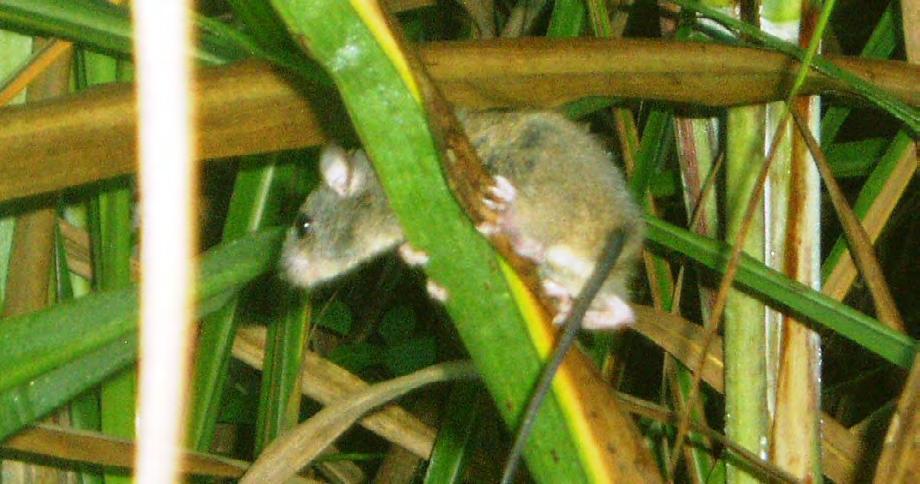
6 minute read
GNAWING ANXIETY
RATS A MAJOR CONCERN AS STANDOVER ESTIMATES INCREASE
More standover cane in districts is providing ideal conditions for rodents and it’s becoming a problem of plague proportions.
Advertisement
The challenge this year with a longer than average season and bigger crops is there is a higher-than-average possibility of major rat infestations and over the last few weeks productivity services and growers have seen extensive damage amongst the sugarcane fields.
Two species of rats cause the most damage to sugarcane in the central and northern cane districts, resulting in significant loss to both sugar content and tonnes of cane if they are not managed. Both species are native grassland animals and are protected under the Nature Conservation Act 1992.
The cane field or ground rat, Rattus sordidus, burrows in the ground, making tunnels around 5-10 cm in diameter which slope downwards to a nesting chamber with a bed of dry grass where as many as 23 rats can occupy one single nest.
Burrow systems are usually no more than 40 cm deep. In cane fields the burrows often follow the rows, while in non-crop areas holes are found near grass clumps, stumps, fence posts and large stones.
CANEGROWERS Environment and Sustainability Senior Manager Dr Michael Quirk said as an agile climber the climbing rat or Melomys burtoni makes grass nests and will migrate into cane fields from adjacent harborage areas. They require suitable non-crop harborage areas to maintain their population and are known to reinvade the canopy after the harvest.
“When we have cane that is taller and with the current standover crop that is sitting there longer, it becomes a perfect habitat,” Dr Quirk said.
“Baiting would normally be done via ground distribution during a normal season where vehicle access to ground level can occur but once cane gets out of hand and you can’t be driving through it, it’s a bigger challenge.
“With an excess this year of lodged cane we anticipate significant rodent issues and growers may be looking for support.
“It’s important that districts have their Damage Mitigation Permits in place and growers are using the correct Australian Pesticides and Veterinary Medicines Authority (APVMA) registered products.”
Under a Damage Mitigation Permit provided by the Queensland Department of Environment and Science (DES) sugarcane growers can cull the Melomys burtoni and Rattus sordidus rodents found in their sugarcane fields. The registered rat baits available to the industry are Ratoff © and Racumin©.
Because of the large crop to harvest this year and the late finish to the season, Lawrence Di Bella Manager for Herbert Cane Productivity Services Limited (HCPSL) is urging growers to monitor fields yet to be harvested for rat activity.
“High numbers of rats and significant crop damage has been observed across the Herbert cane growing region in the past few weeks,” Mr Di Bella said.
“The crop damage is at record highs with many in the industry saying it is probably one of the worst years for rat damage in decades.
“Large areas of devastated cane have been observed across the district in the last few weeks causing significant losses in cane yield and lowering of CCS levels. Some blocks have been reported to have CCS levels below 6 due to the rat damage that has occurred.
“As a part of an integrated rat monitoring approach, rat baiting can be considered. HCPSL has been working with DES and CANEGROWERS to secure an aerial and ground application rat baiting permit, for use in the Herbert cane growing region.”

Rat-damaged cane
According to the Sugar Research Australia (SRA) fact sheet Rat Management in sugarcane successful rat management requires an integrated approach. Baiting by itself is unlikely to be effective.
They advise that keeping blocks and headlands clean and weed free and managing harborage areas are also key to mitigating rodents.
Also encouraging biological control like attracting natural predators, native owls with nesting boxes and a coordinated approach with neighbouring farms can be effective.
It’s important to discuss with the local productivity services the issues and any baiting intentions and timings to ensure the permits are in place.
Dr Quirk said Smartcane BMP rat management is about ensuring the grower has a clean farm, that is not a lot of grass build up nearby to cane fields.
“This can be challenging, if there is a riparian area surrounding the farm or drains where it’s not viable to be able to maintain mowed clean areas,” Dr Quirk said.
“But then if that’s the case it’s important if a grower does use baits to discuss this with their productivity services team, and to use the prescribed recommendations for that area and to keep accurate records.”

Rattus Sordidus damage affects yield in two ways, bitten stalks which reduces the tonnes of cane/ha and a potential secondary attack by other pests, rat-bitten cane is prone to attack by bacteria and fungi, and by insects such as sugarcane weevil borer. This can result in a
Losses of 10-30 per cent can result from a combination of lost tonnes and reduced CCS. Ground rats usually damage the lower 20 cm of the cane. If cane is lodged, ground rats are capable of damaging the whole stalk.
Cane damaged by Melomys burtoni is chewed about 1.5 metres above ground level. The bitten stalk is usually bent over at the point of attack. Climbing rat damage is often found in blocks beside harborage areas. Damage commonly extends from the edge of the block in for about 15 metres.
Reduced yields are similar to those caused by ground rats. Bitten stalks reduce the tonnes of cane/ha and open the stalks up to secondary infection by bacteria, fungi, and insects which lower the CCS.
Damage caused by climbing rats is generally much less than that caused by ground rats. Because climbing rat damage occurs on block edges, this sometimes leads to an impression that climbing rats cause more damage than ground rats - however this is not normally the case.
Source: Rat Management in sugarcane - SRA fact sheet






